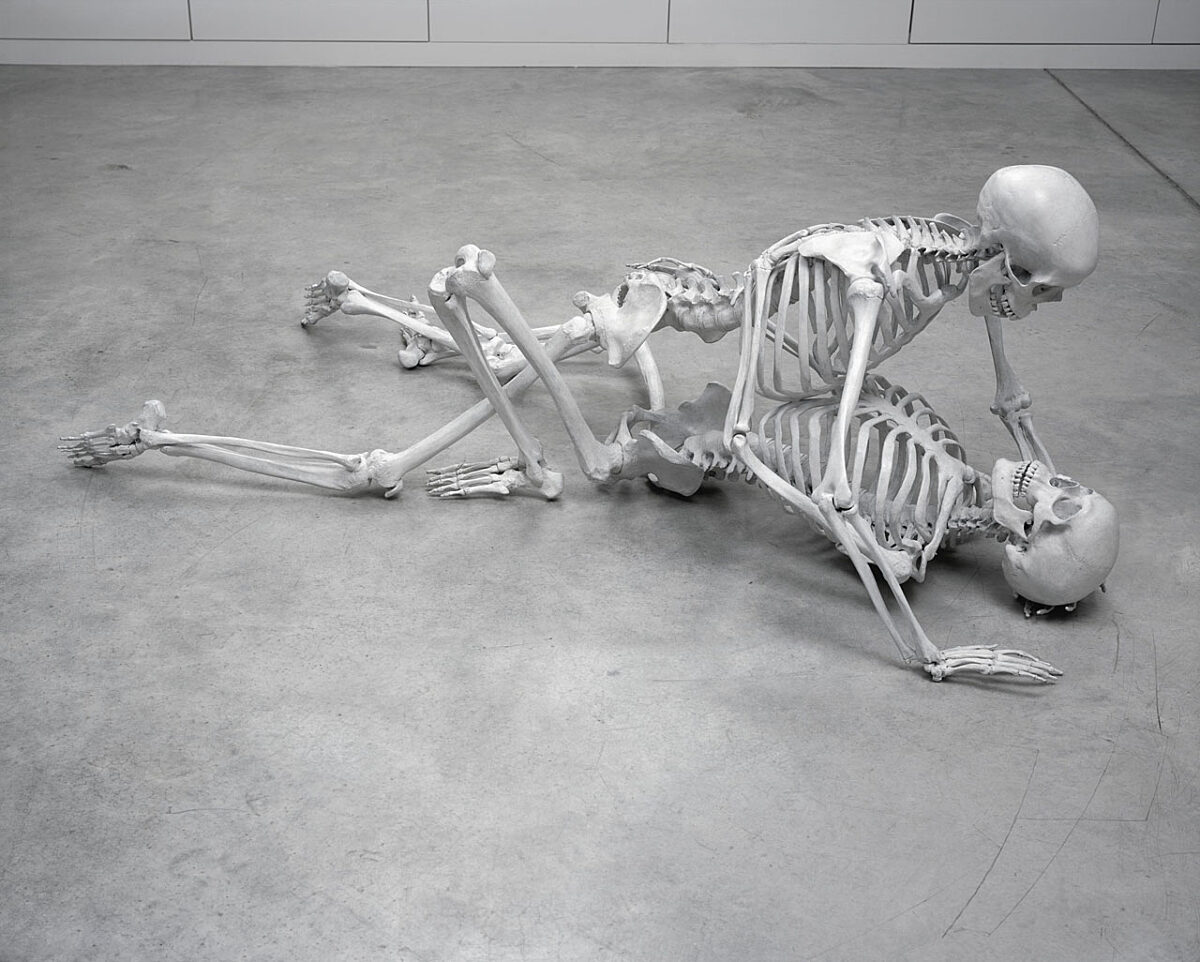
Foundation
Marc Quinn
October 5 → January 6, 2008
Gathering over forty recent works, DHC/ART’s inaugural exhibition by conceptual artist Marc Quinn is the largest ever mounted in North America and the artist’s first solo show in Canada
International Festival of Films on Art (FIFA) guest curators Silvia Lucchesi and Yu Shimizu reflect on the selections they made for the festival’s Carte Blanche series. They share their thoughts on the present state of moving image production and how these films offer unique formal and methodological approaches.
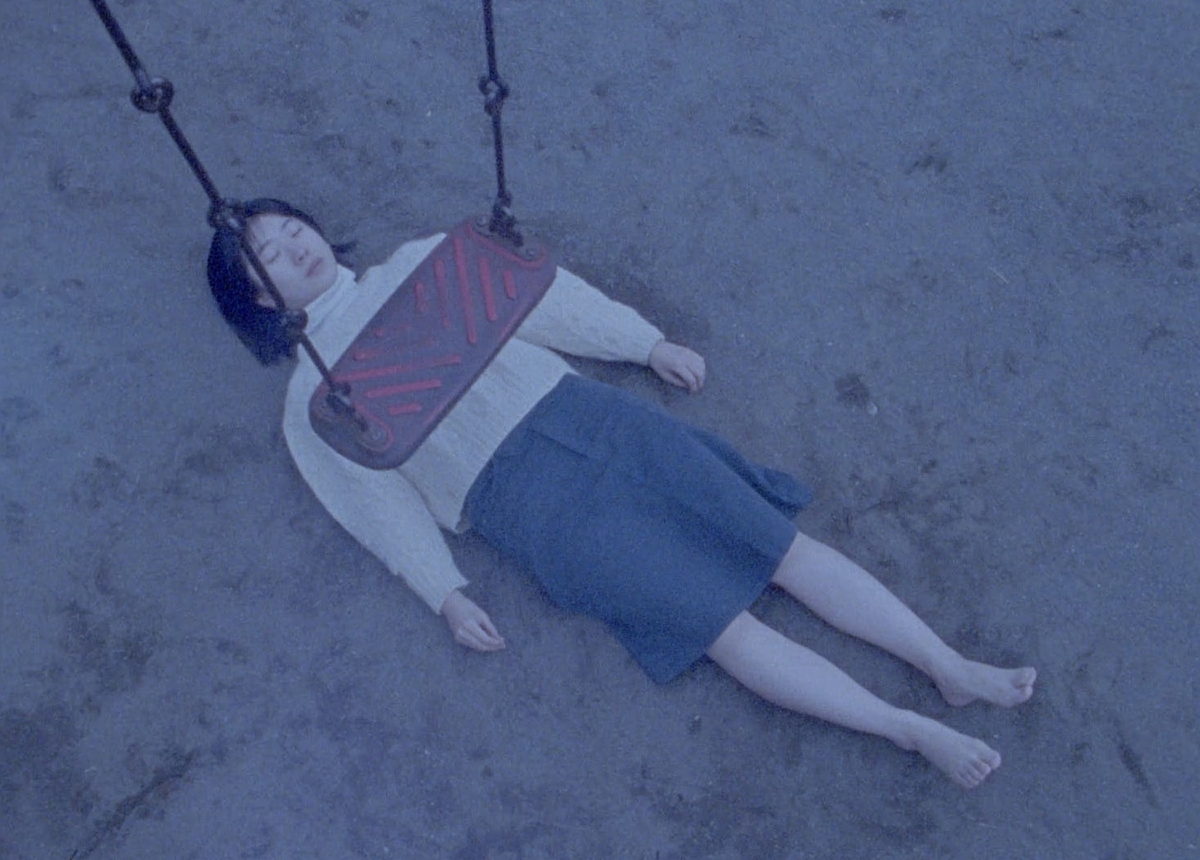

This March, the International Festival of Films on Art held its 40th edition, showcasing over 200 films on art and media over its two-week run. One of the festival’s staples is its Carte Blanche series, which offers guest curators worldwide the ability to program a blank slate of films from their country of origin.
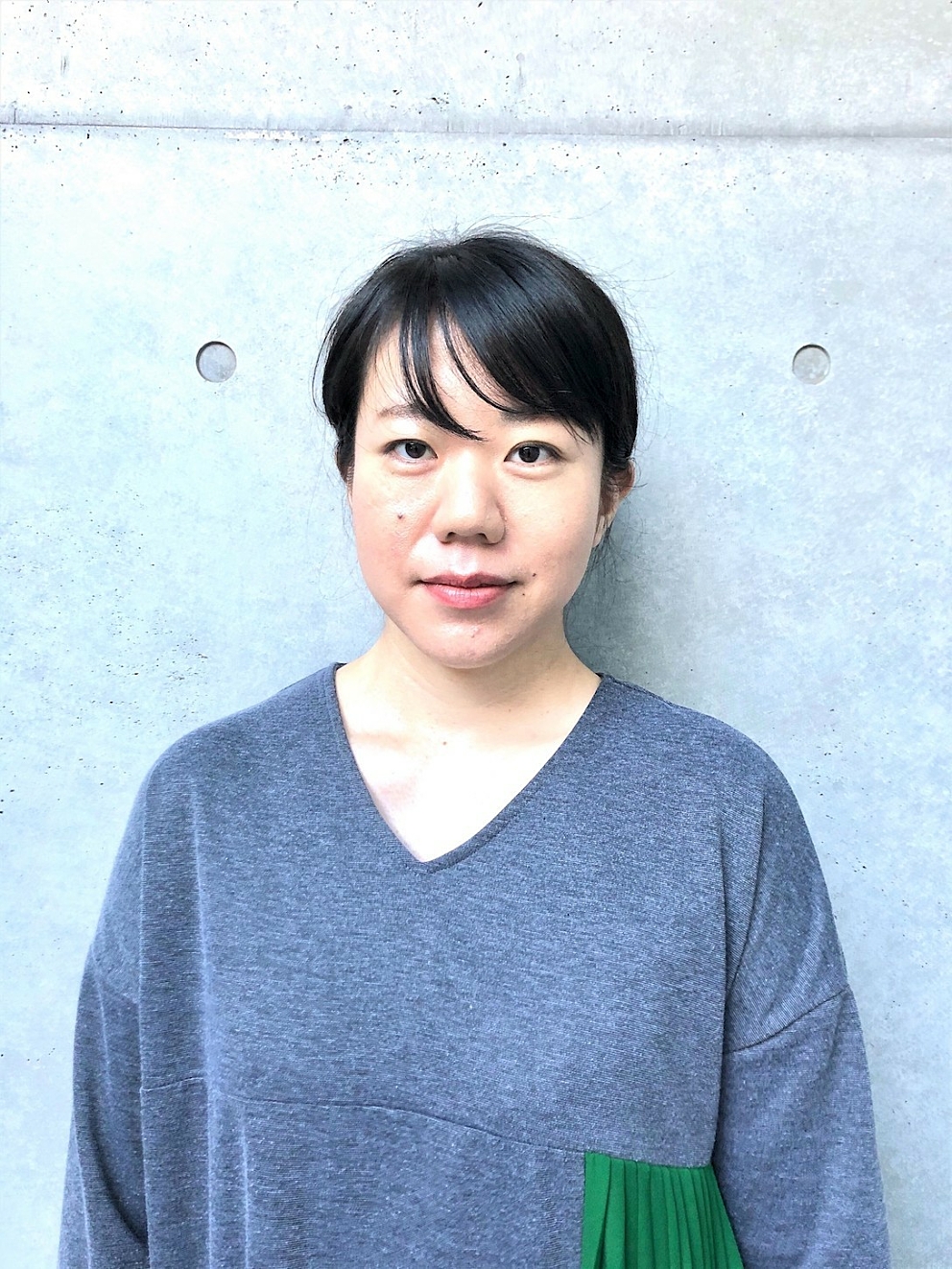
“I believe that for filmmakers to find their own unique methods of expression,” ventured guest curator Yu Shimizu. “they must face up to the questions: what is film? and, why go to the lengths of creating films in this day and age?”
Shimizu, a Tokyo-based film programmer who has worked with the Yebisu International Festival and the Sheffield DocFest among others, offered a variety of answers to her own question in the Carte Blanche she put together for this year's festival.
“The four filmmakers I selected for my program share a number of characteristics: they shoot in both analog and digital, they edit digitally, and they show their works digitally,” she explained. “It might be suggested that filmmakers who do not limit themselves to a single screen are pushing the boundaries of film.”
Beyond their broad methodological approach, the eight films that fill out Shimizu’s roster (two from each filmmaker) share a preoccupation with the contours of memory, reality and dream, and propose visions of the relationship between documentary and fiction that do push boundaries, and sometimes disregard them altogether.
長い歴史において様々なお話が時に繰り返し語られて来たなかで、映像表現にはまだまだ多くの可能性や新たな発見があると感じます。映画とは何か、なぜこの時代にわざわざ映画を作るか、という問いに向き合う作家こそが、独自の表現や制作方法を見つけ、興味深い作品を作っていると思っています。今回選出した4名の作家は、フィルムとデジタルで撮影を行い、デジタルで編集しデジタルで上映するという特徴も共通しています。またシングルスクリーンにとらわれない視野の作家ほど映画の可能性にも挑戦しているとも言え、このようにメディアを横断した表現を追求する作家に映画の可能性を感じさせます。そのため私は実験的な映像やアート映画といわれる作品をプログラムすることが多いのだと思っています。
FIFA’s focus on art and media seems particularly suited to cross-disciplinary perspectives. But this year’s edition, which broadcast many of the festival’s selections via online screenings, was poised to invite works which further played with expectations surrounding methods of production and sites of distribution.
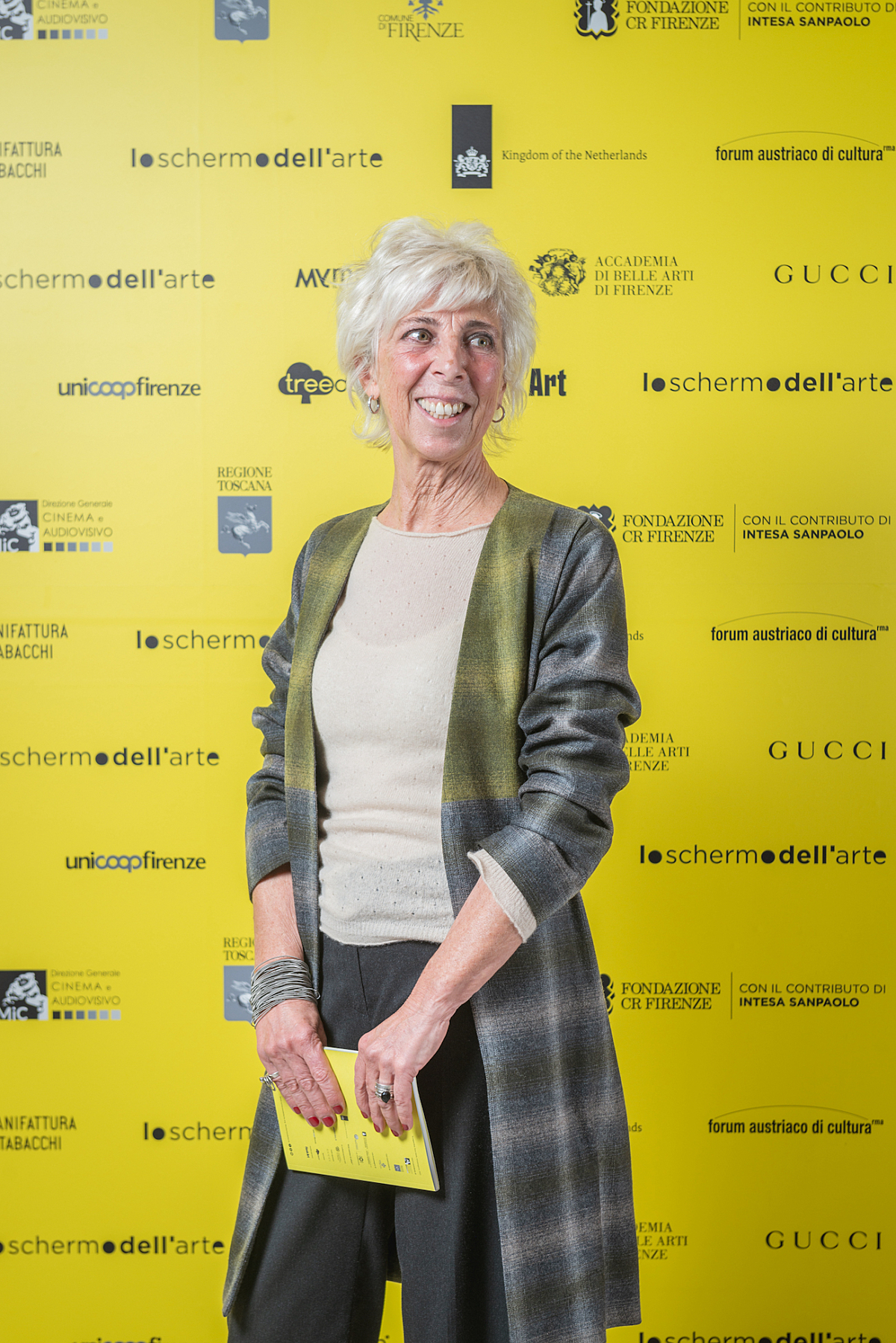
Guest programmer Silvia Lucchesi was also keenly attuned to the ways that these expectations can collide to produce exciting results in the selections she made for her Carte Blanche series.
“Rather than speaking of Italian filmmaking, I think it’s more appropriate to talk about moving images, as the production model is very different,'' explained Lucchesi. “What I tried to do was to give an overview of the different linguistic and stylistic ways in which Italian artists work with moving images.”
Lucchesi is the co-founder and director of Lo Schermo Dell’Arte, a film and contemporary arts festival in Florence. The five films she selected for her Carte Blanche series have each been presented in different editions of Lo Schermo over the years.
“One of the aspects that contributed to the success of Lo Schermo Dell’Arte is precisely that of presenting in a cinema theatre works that were not born for that specific context, but which were realised to be shown in museums or galleries,” explains Lucchesi.
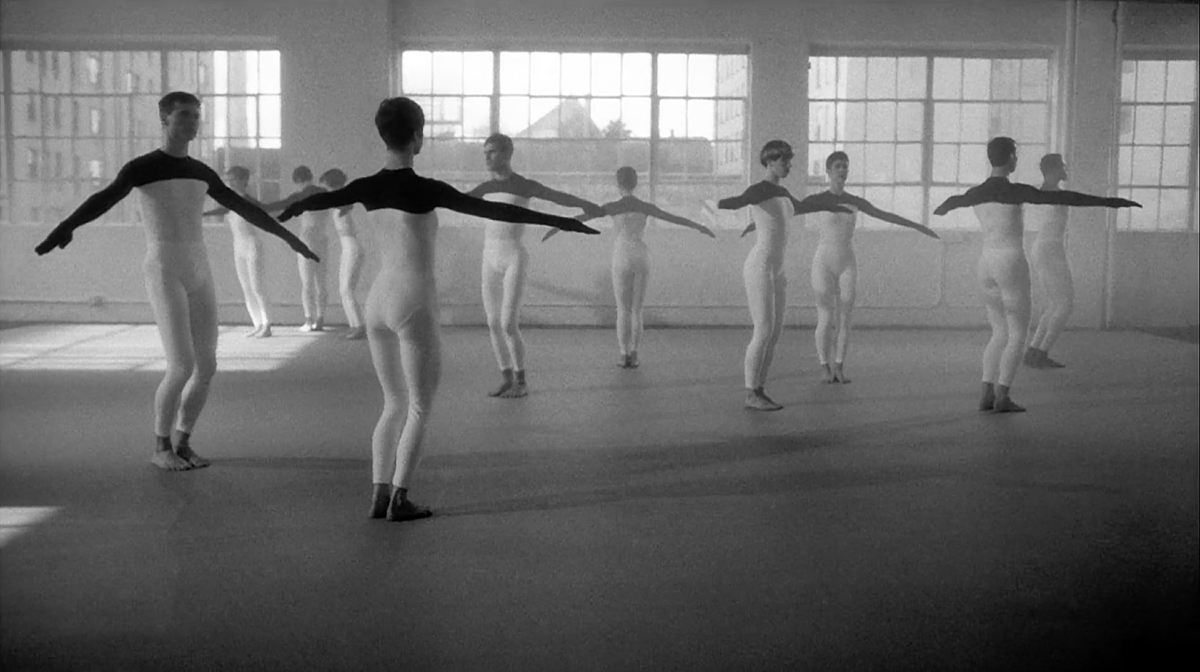
Indeed, the kind of moving image production on display in this series encompasses a diversity of exciting visual forms—associative editing, uncanny animation, and frisson-inducing visual poetry. Each of these films derives its power, in part, from the ways they can snap an audience member out of the passive spectatorship one might fall into in a theatre or online-festival setting.
“Film has told various stories—some repeatedly—over the course of its long history,” mentioned Shimizu. “Yet I feel that there are still many new possibilities waiting to be discovered.”
Platforms like Carte Blanche mean that FIFA is decidedly a space where filmmakers can explore some of these new possibilities.
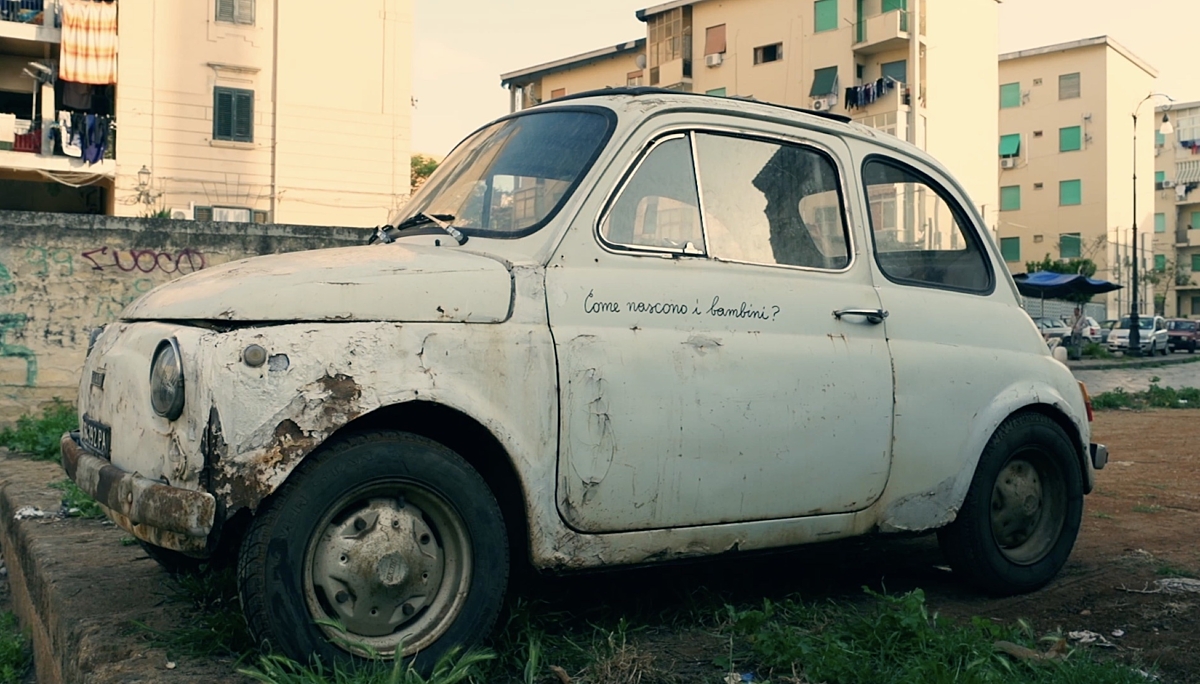
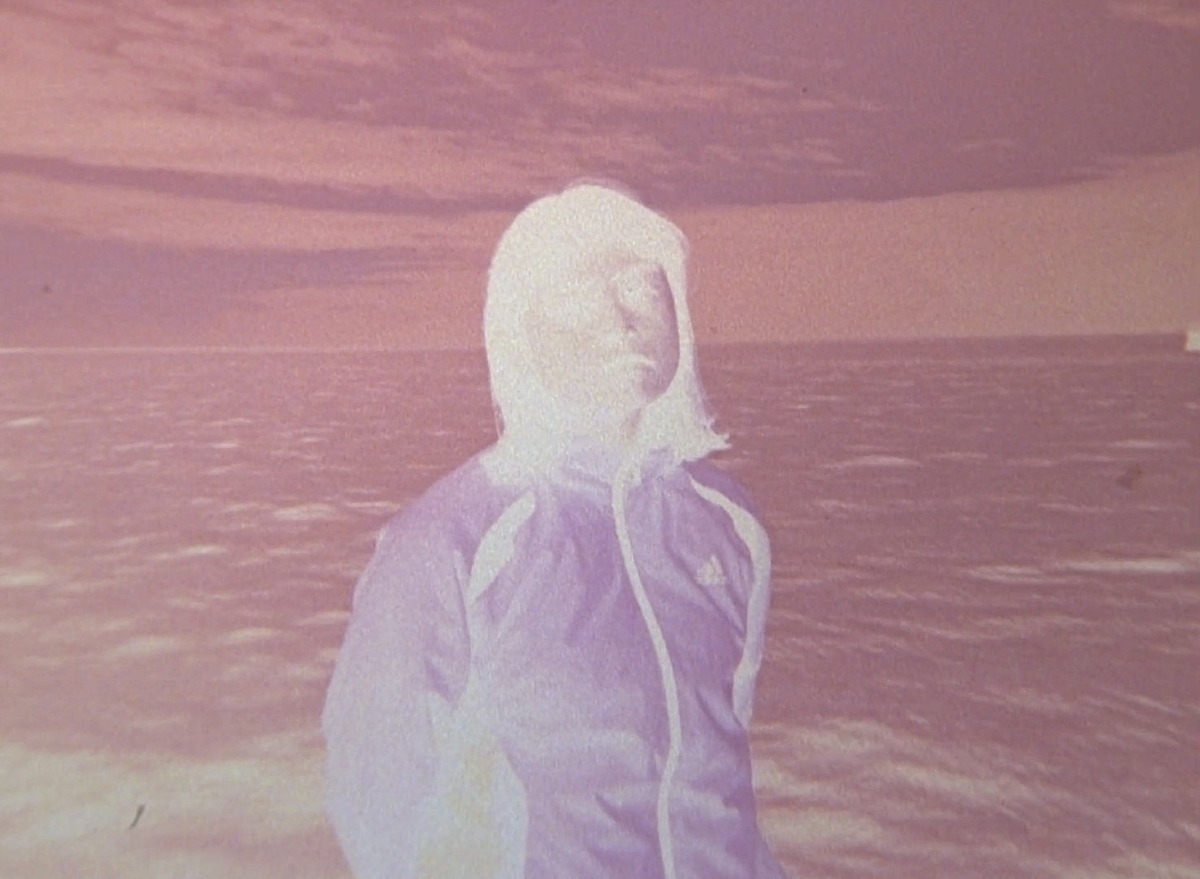
Consult the original interviews with Yu Shimizu (responses available in Japanese only) and Silvia Lucchesi, conducted by Nicolas LeBrun.
How did you approach the selection process for this Carte Blanche series? How might this approach relate to larger preoccupations and interests you have in your work?
まず、今回カルトブランシュへお招きいただきましてLe FIFA関係者の皆様に感謝申し上げます。
そしてこのようにニコラスさんのご質問を通してプログラムについて話をさせていただく機会をくださりありがとうございます。
長い歴史において様々なお話が時に繰り返し語られて来たなかで、映像表現にはまだまだ多くの可能性や新たな発見があると感じます。映画とは何か、なぜこの時代にわざわざ映画を作るか、という問いに向き合う作家こそが、独自の表現や制作方法を見つけ、興味深い作品を作っていると思っています。今回選出した4名の作家は、フィルムとデジタルで撮影を行い、デジタルで編集しデジタルで上映するという特徴も共通しています。またシングルスクリーンにとらわれない視野の作家ほど映画の可能性にも挑戦しているとも言え、このようにメディアを横断した表現を追求する作家に映画の可能性を感じさせます。そのため私は実験的な映像やアート映画といわれる作品をプログラムすることが多いのだと思っています。
私自身、普段からなるべく若い世代の人や女性の声、弱い立場の人間に耳を傾けたいと思っています。日本社会で暮らしていて、そのような視点が多くないと感じてきたので、積極的にそうしたいと思っています。私は知らないことや、わからないことが面白いと思っており、自分にない視点をもっと体験したいと思い映画を観ています。そしてプログラムをするということは、一つの発言権を持つことだと捉えています。既に年齢が30代後半の日本映画業界で働く人間として、その発言権をなるべく自分よりも若い世代にどんどん渡していきたいと願っています。今回ディレクターのフィリップさんから「今日本で何が起こっているか知りたい」と言われたときに、私がすべきことは比較的若い世代の個人作家の活動を紹介することだと思いました。
It was interesting to see two different films from each of the artists you chose to feature. What motivated you to make this decision?
今回プログラムのコンセプトとして「家」について観客が考えることの出来る作品を見せたかったというテーマ的側面と、同時に作家の映像センスが感じられる作品も見てほしいと思いました。今回初めて4人の作家に触れる観客も多いであろうことを考えて、各作家を違う側面から楽しむには複数の作品を見せることが良いと考えました。
I found that many of these films share certain stylistic elements, and even sometimes feature similar images. Were you thinking of how these films would work as a whole and how they might speak to or interact with one another?
今回の4作家はデジタルとフィルムという素材や、映画と展示、テキストと映像、現実と記憶・夢、など、異なる要素を横断する制作方法が共通していると思います。1つ目の質問で回答したように領域横断的な視点が重要だと私が考えている点と、いっぽう似たような方法論やテーマを扱っているからこそ、それぞれの作家性の違いを比べて楽しむことが出来ると考えました。作家を入り組ませてプログラムしているので誰の作品か確認しながら、何度も見て楽しんでもらえたらすごく嬉しいです。
These films fall into categories like experimental film, art film, and documentary, yet almost all of them seem to borrow elements from any of these styles. Can you speak about some of these labels and how the filmmakers you selected are challenging them?
4人の作家はあえて自身のジャンルを限定せずに制作している人ばかりだと思います。例えば「実験映画を作ろう」と思って作っていないということです。斎藤英理の作品はもともとインスタレーション用に作られており、映画館で上映されること想定されていませんでした。川添彩は重層的なイメージとサウンドによる映像表現が際立つ上に、独自のナラティブが強い作家です。池添俊は個人的な体験を作品化して観客に受け渡すという試みが、結果的にドキュメンタリーであったり実験的な表現になっています。小田香もいわゆるノン・フィクション分野の作家ではありますが、映像のみでなくドローイングや、最近は石を磨いたインスタレーション作品も手掛けました。このように4人ともどん欲に、ごく自然に、表現の幅を広げようとする作家ばかりです。そしてみなナラティブも含めて映画館で見る映画が好きなはずなので、作品にまなざされる体験も少なからず持っていることが、彼らの表現活動に表れていると思います。
Is there anything in particular you're hoping these films communicate to audiences about the present moment in Japanese filmmaking?
今回紹介したような個人作家たちの活動は、なかなか広く届きにくいという現状があると思います。それは日本の社会や映画業界の構造的な問題にも関係があります。しかし誰かの心に刺さるような強度のある表現を追求している重要な作家が、日本にはまだたくさんいます。目を凝らさなければ見つけられないけれど、そういった活動から世界へ羽ばたいていった作家は数多くいます。息をひそめながらも自身の表現を探求する作家たちの芽をつぶさないためにも、日本という小さな島国で活動するこの4人の作家のような、小さな声にも耳を澄ましてもらえるきっかけになったら嬉しいです。
How did you approach the selection process for this Carte Blanche series?
When I was invited by Philippe Del Drago to curate a carte blanche for the 40th edition of FIFA, I immediately thought that I would have chosen films made by Italian artists to give the Canadian public a way to get to know this kind of moving images production. Born both for the circuit of contemporary art or to be released in cinema, these films have no international distribution. On the other hand, it is also a magnificent opportunity for the artists themselves to show their work.
Can you tell me about the Lo Schermo Dell’Arte program, how you’re involved, and how these films relate to the program?
I co-founded Lo Schermo Dell’Arte in 2008 in Florence, and I have been the director ever since. Its identity as a film and contemporary art festival, which puts together documentaries on contemporary art and films made by artists, has grown stronger over time without ever losing its main goal, which is promoting the production of the emerging generation of international artists who work with moving images. In fact, the 5 films of this carte blanche have been presented in different editions of the festival or have been programmed for other events curated by us. Furthermore, we have solid relationships of exchange and collaboration with all 5 authors.
I watched many of these films in a row and found that each invited very different modes of attention from me as a spectator. Were you thinking of how these films would work as a whole, how they might speak to or interact with one another?
What I tried to do was, despite the limited time allowed, to give an overview of the different linguistic and stylistic ways in which Italian artists work with moving images: the fast pace of editing materials downloaded from the internet, the slow and meditative development of film shooting, the work on animation, the discussed theme of objectivity of the image, the original narrative construction of a documentary.
It was fun to realize that when Philippe asked me to give a screening order to the 5 films, I found out that the list - just as it came to my mind - was surprisingly perfect in terms of the rhythm of vision and cross-references between the films.
Is there anything in particular you hope these films communicate to audiences about the present moment in Italian filmmaking?
One of the aspects that contributed to the success of Lo Schermo Dell’Arte is precisely that of presenting in a cinema theatre works that were not born for that specific context, but which were realized to be shown in museums or galleries. For these works, rather than speaking of Italian filmmaking, I think it’s more appropriate to talk about moving images, as the production model is very different from that of the cinema world. I believe that today the moving images production by visual artists is one of the more interesting aspects of the Italian contemporary art scene.

Foundation
Gathering over forty recent works, DHC/ART’s inaugural exhibition by conceptual artist Marc Quinn is the largest ever mounted in North America and the artist’s first solo show in Canada
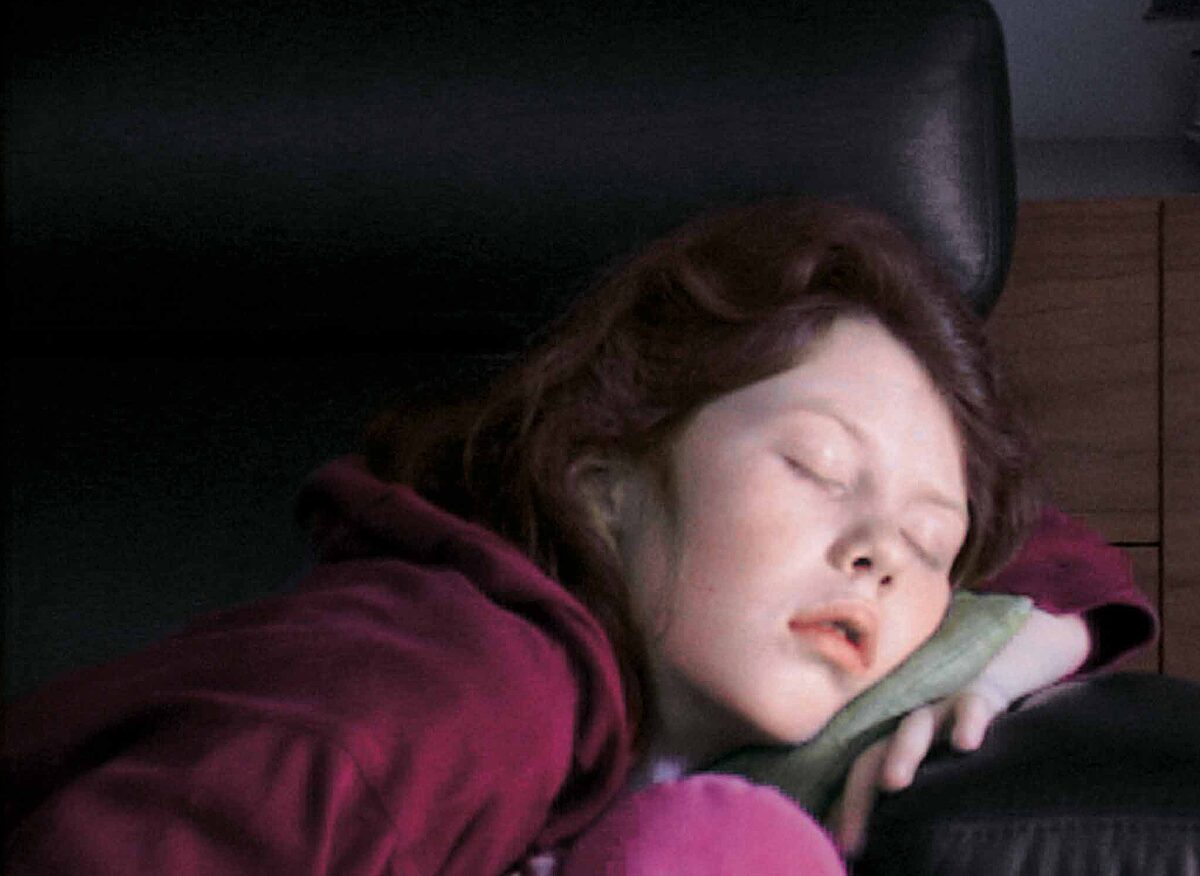
Foundation
Six artists present works that in some way critically re-stage films, media spectacles, popular culture and, in one case, private moments of daily life
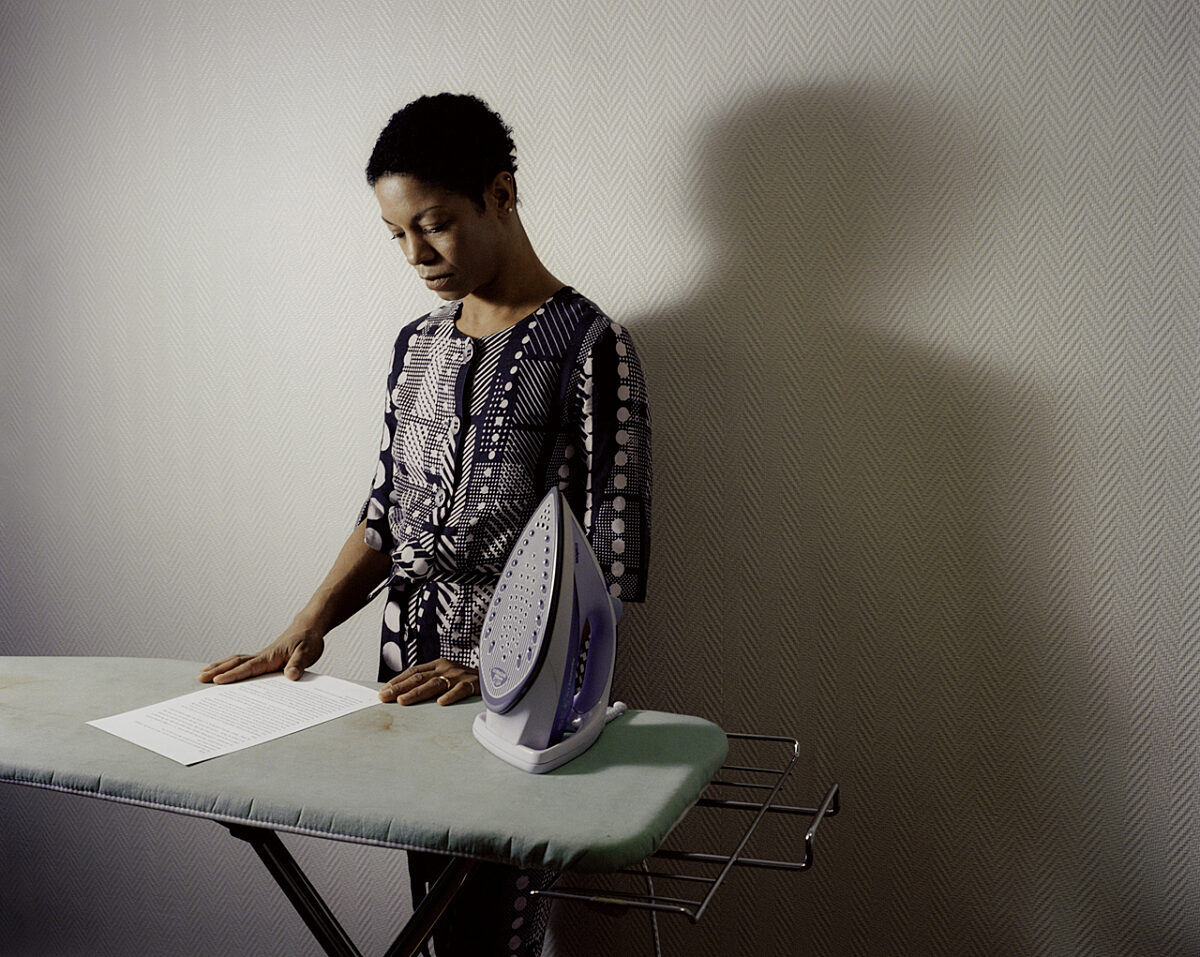
Foundation
This poetic and often touching project speaks to us all about our relation to the loved one
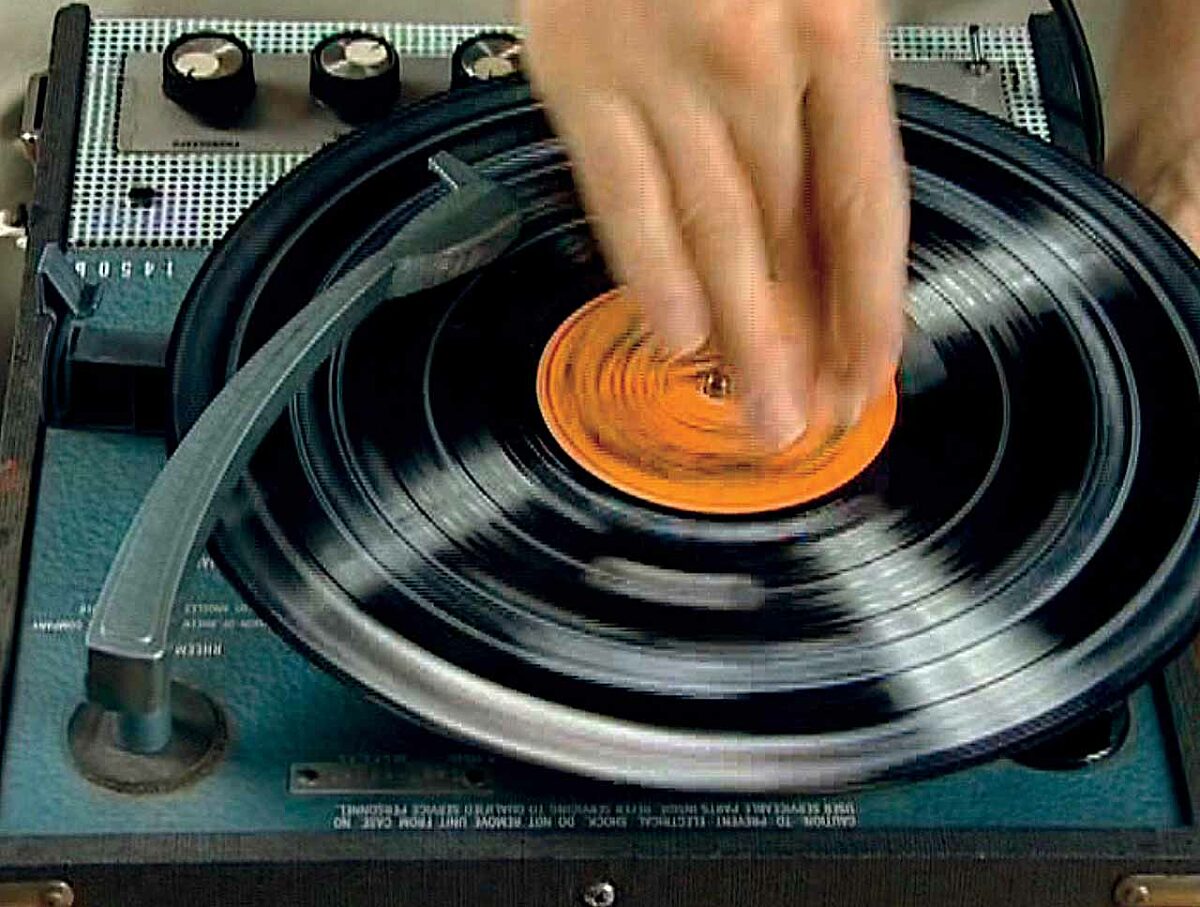
Foundation
DHC/ART Foundation for Contemporary Art is pleased to present the North American premiere of Christian Marclay’s Replay, a major exhibition gathering works in video by the internationally acclaimed artist
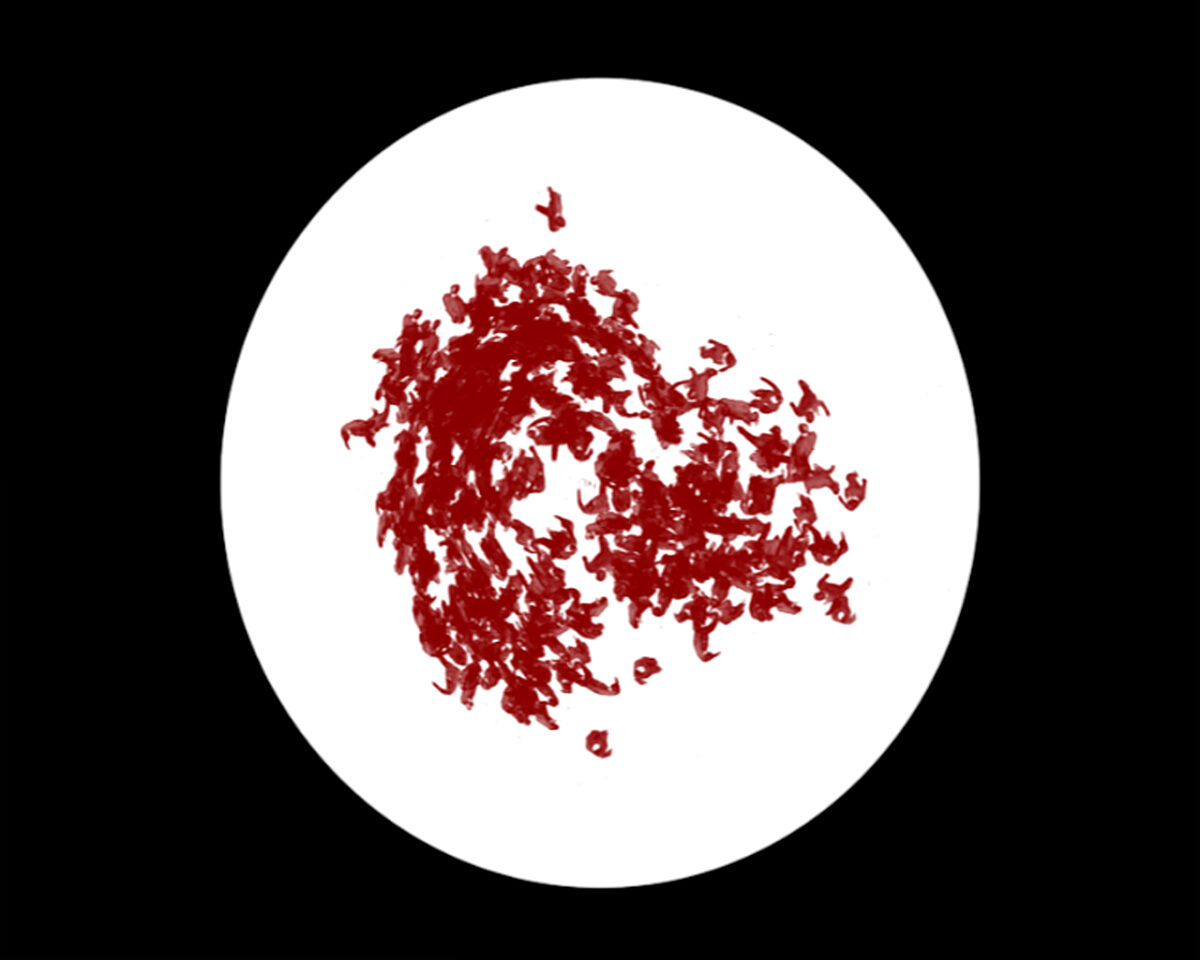
Foundation
DHC/ART is pleased to present Particles of Reality, the first solo exhibition in Canada of the celebrated Israeli artist Michal Rovner, who divides her time between New York City and a farm in Israel
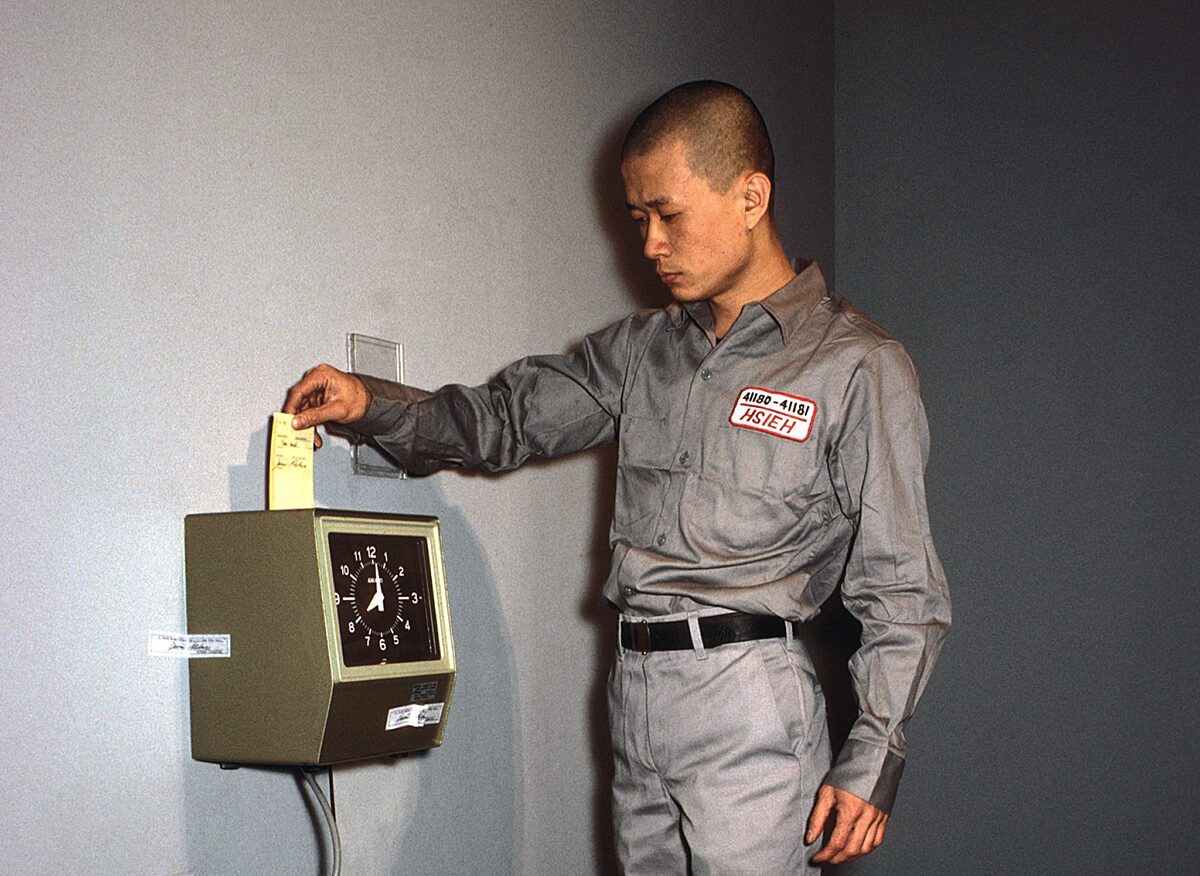
Foundation
The inaugural DHC Session exhibition, Living Time, brings together selected documentation of renowned Taiwanese-American performance artist Tehching Hsieh’s One Year Performances and the films of young Dutch artist, Guido van der Werve
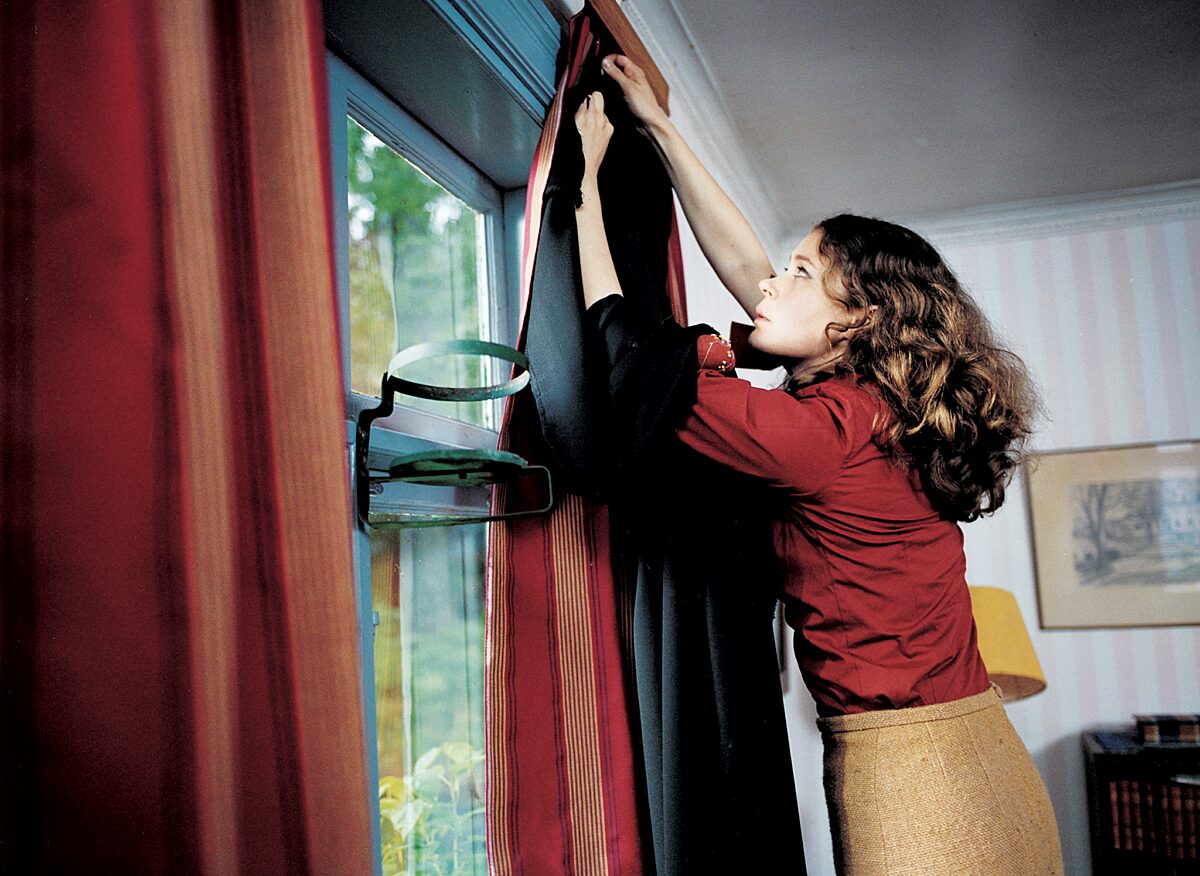
Foundation
Eija-Liisa Ahtila’s film installations experiment with narrative storytelling, creating extraordinary tales out of ordinary human experiences
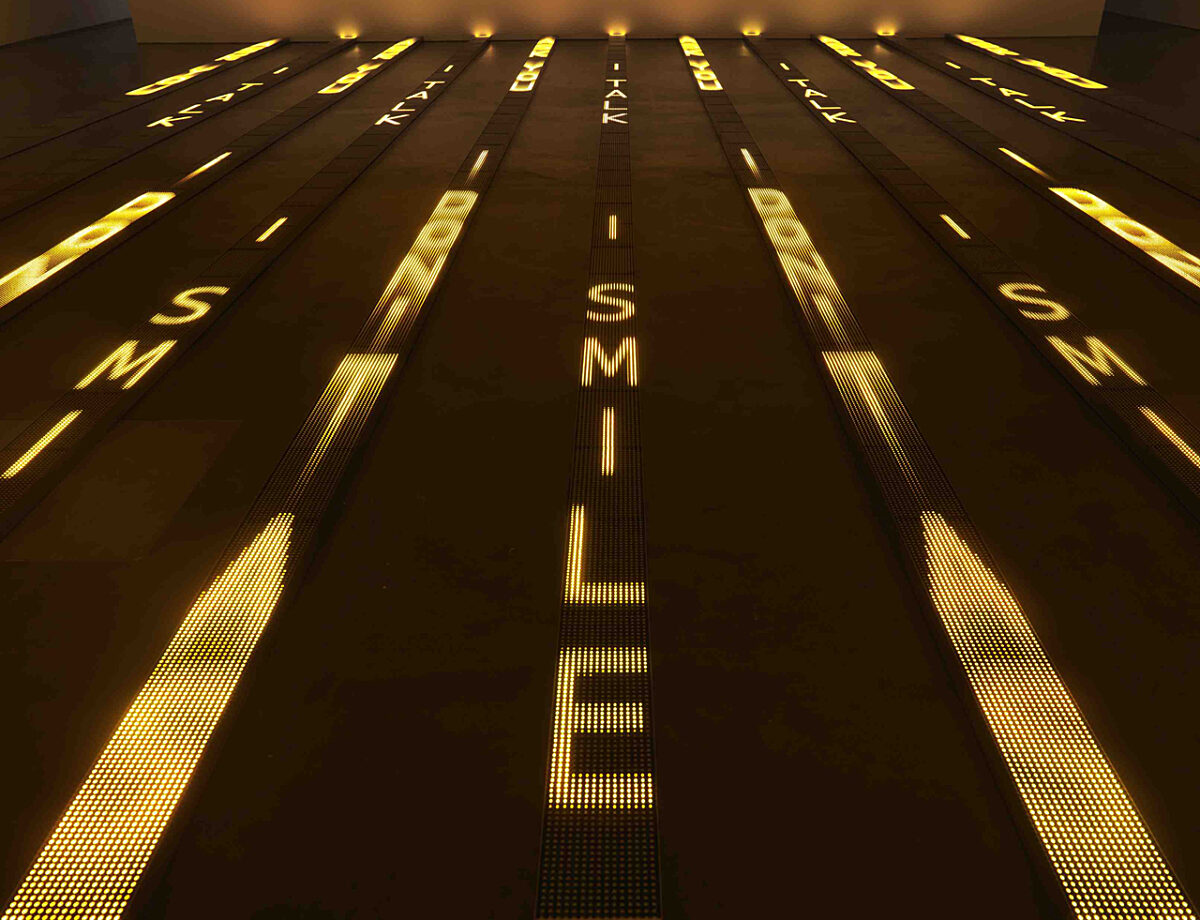
Foundation
For more than thirty years, Jenny Holzer’s work has paired text and installation to examine personal and social realities